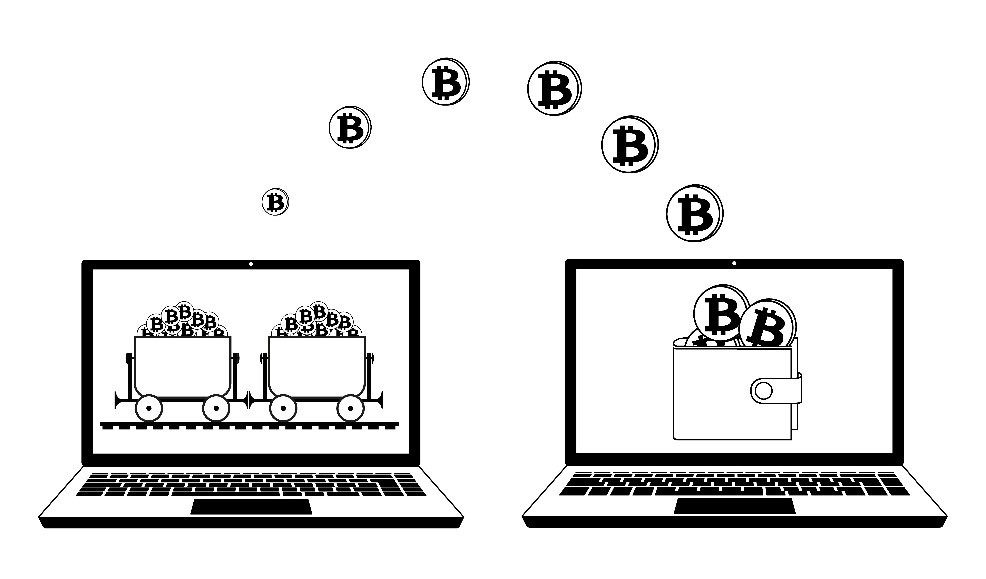This article discusses the impact of and alternatives to the zero MDR policy in the context of the RBI discussion paper on payment charges.
In August 2022, the RBI released a discussion paper on payment charges. For fintech players, the paper’s observations about UPI are particularly relevant. The RBI has sought public comments on whether charges should be (a) levied on UPI transactions, (b) based on transaction value, and (c) fixed by regulation or market forces?
Before we answer these questions, a quick primer on how peer-to-merchant (P2M) payments work in India. Customers typically pay merchants through debit cards, credit cards, prepaid payment instruments (PPIs) and UPI. To accept payments from customers, merchants pay a fee to their bank or payment aggregator (PA). This fee is called Merchant Discount Rate (MDR). The MDR varies depending on the payment method used. For e.g., the MDR for debit cards is capped between 0.3-0.9% depending on the merchant’s turnover and the payment channel. There is no cap on MDR for credit cards and PPIs. And the MDR charged for these modes is around 2-3%. Since January 2020, there is no MDR for UPI and Rupay debit cards. So, merchants don’t pay anything to accept payments through these modes.
The RBI has consistently opposed the zero MDR policy for UPI and Rupay debit cards. But the Finance Ministry has refused to budge. The release of RBI’s latest discussion paper sparked speculation about whether the zero MDR policy would be rolled-back. But the Finance Ministry again refused. It stated that UPI is a “digital public good” and “concerns of the service providers for cost recovery have to be met through other means.” This begs the question: what is a “public good”? During the peak of the COVID-19 pandemic, the Supreme Court recognized vaccines as a public good. And it directed the Central Government to negotiate the price with vaccine manufacturers to procure vaccines for all age-groups. Following this logic, it makes sense for the Finance Ministry to negotiate the MDR for UPI transactions or even set a cap on MDR. But it’s a stretch to argue that merely because something is a public good, private entities must provide it for free.
To be fair, the Finance Ministry provided Rs.1300 crores to banks to cover the cost of UPI and Rupay debit card transactions. But the compensation amount is a fraction of the Rs.8000 crore loss estimated by the industry. Banks are also allegedly pocketing the entire compensation and refusing to share it with payment service providers. These service providers include payment aggregators (PAs) like PayU and Razorpay and Third-Party Application Providers (TPAPs) like Google Pay and Phone Pe.
Payment service providers have done the heavy-lifting in popularizing UPI. They’ve painstakingly distributed QR codes to merchants, conducted KYC of merchants, built user-friendly apps, and funded rewards. So far, payment service providers have been using their own money to fund these activities. But with the value of tech stocks plummeting and a funding winter facing start-ups, that’s not viable anymore.
Payment service providers are also in a uniquely disadvantaged position compared to banks. For e.g., banks will save on physical currency handling costs thanks to higher adoption of UPI. RBI and banks spend around Rs.21,000 crores on currency management annually. Banks can also use the income earned on current and savings account balances to cover the cost of free UPI transactions. Banks don’t pay any interest to current account holders and the interest paid to savings account holders is lower than the interest banks receive from the RBI (known as reverse-repo rate). For e.g., most banks currently pay < 3% to savings account holders whereas the reverse repo rate is 3.35%. But these benefits and revenue streams aren’t available to payment service providers.
We spoke to Deepak Abbot, Co-founder, India Gold about the problems caused by the zero MDR policy and potential solutions. “While the government has declared UPI as a public utility, we need more innovation and merchant adoption which can be done by leading TPAPs if they have monetary incentive linked to it” he explained. “All low-ticket transactions below Rs.1000/2000 can remain free and only large ticket transactions which are generally done on ecommerce platforms or large retail stores can be charged. This takes care of smaller merchants and helps foster growth too” he suggested.
If we want continued innovation in digital payments, the zero MDR policy needs to change. Unless this happens, banks and payment service providers won’t have the ability or incentive to reduce transaction failure rates and improve dispute resolution and fraud prevention. A potential solution is to limit free UPI transactions only to small merchants and levy MDR on large merchants. This can be achieved in different ways. MDR can be levied based on transaction value. Alternatively, MDR can be levied if the merchant’s turnover exceeds a prescribed threshold. The turnover reported by merchants to tax authorities can be used as the basis for classification. The MDR regime for debit cards follows this model with higher MDR for merchants with turnover over Rs.20 lakh.
Another reason why a tiered MDR regime for UPI makes sense is because processing high-value payments to large merchants costs more. In the UPI system, a small number of high-value payments make up most of the total transaction value. For e.g., in February 2022, 78% P2M payments via UPI were below Rs.500. But 70% transaction value for P2M payments came from payments over Rs.2000. To understand why high-value payments cost more to process, we must consider different components of the payment processing cost. Some of these components remain the same regardless of transaction value but others vary. For e.g., the cost of transmitting and processing data doesn’t change based on transaction value. But the costs relating to settlement guarantee and fraud risk management do. So, processing a high-value payment to a large merchant costs more than a low-value payment to a small merchant. And levying MDR only on large merchants who account for most high-value payments processed through UPI seems reasonable. Without UPI, large merchants will also spend more on cash handling. So, overall, facilitating UPI payments may still be a net gain for them.
(This post has been authored by the fintech team at Ikigai Law.)










